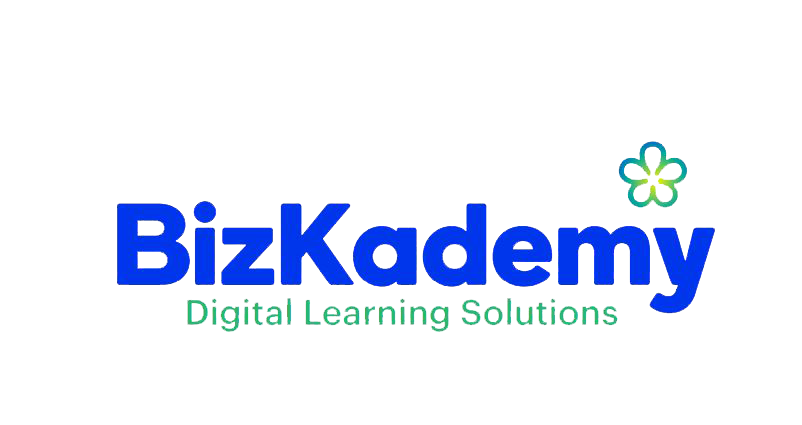Transforming Education for the Future
In recent years, the landscape of education has undergone a dramatic transformation, largely driven by advancements in technology. Among these advancements, Artificial Intelligence (AI) and Machine Learning (ML) have emerged as game-changers in the realm of e-learning. These technologies are not only reshaping how educational content is delivered but also personalizing learning experiences in ways previously thought impossible. Let’s take a closer look at how AI and ML are revolutionizing e-learning and what it means for students and educators alike.
1. Personalized Learning Experiences
One of the most significant impacts of AI and ML in e-learning is the ability to offer personalized learning experiences. Traditional education often employs a one-size-fits-all approach, which may not address the unique needs of each learner. AI-driven platforms, however, use data to tailor educational content to individual students.
Adaptive Learning Systems: AI algorithms analyze a student’s learning patterns, strengths, and weaknesses to customize the curriculum accordingly. For example, if a student struggles with a particular concept, the system can provide additional resources or modify the learning path to address these gaps.
Intelligent Tutoring Systems: These systems use ML to provide real-time feedback and guidance. They simulate one-on-one tutoring by assessing students’ responses and offering tailored explanations or hints, thereby supporting more effective learning.
2. Enhanced Engagement through Interactive Content
Engagement is a crucial factor in the effectiveness of e-learning. AI and ML are enhancing engagement by making educational content more interactive and immersive.
Interactive Simulations and Gamification: AI-driven platforms can create interactive simulations and gamified experiences that make learning more engaging. For instance, AI can design scenario-based simulations where learners can practice real-world applications of theoretical concepts.
Natural Language Processing (NLP): NLP enables AI systems to understand and process human language. This capability allows for the creation of chatbots and virtual assistants that can answer students’ questions, facilitate discussions, and even provide practice exercises in a conversational manner.
3. Data-Driven Insights for Educators
AI and ML are also providing educators with powerful tools to analyze and understand student performance.
Predictive Analytics: AI algorithms can predict students’ future performance based on their current progress and historical data. Educators can use these insights to identify students at risk of falling behind and intervene proactively.
Detailed Analytics and Reporting: ML algorithms can generate detailed reports on various aspects of student performance, such as engagement levels, learning pace, and comprehension. This data helps educators tailor their teaching strategies to better meet the needs of their students.
4. Automated Administrative Tasks
AI and ML can automate routine administrative tasks, allowing educators to focus more on teaching and less on paperwork.
Automated Grading: AI systems can automatically grade assignments and assessments, providing immediate feedback to students. This not only saves time but also ensures consistency and objectivity in grading.
Administrative Assistance: AI-powered tools can assist with scheduling, course management, and student inquiries, streamlining administrative processes and improving overall efficiency.

5. Supporting Diverse Learning Needs
AI and ML technologies are enhancing accessibility and inclusivity in e-learning.
Assistive Technologies: AI can support students with disabilities through tools such as speech-to-text converters, text-to-speech applications, and real-time translation services. These tools help break down barriers and ensure that all students have equal access to educational resources.
Customized Learning Paths: ML algorithms can create customized learning paths for students with diverse needs, including those with different learning styles, language proficiencies, or special educational requirements.
6. Future Trends and Innovations
The potential of AI and ML in e-learning is vast, and we are only beginning to scratch the surface. Emerging trends include:
Augmented Reality (AR) and Virtual Reality (VR): Combining AI with AR and VR can create immersive learning experiences, such as virtual field trips or interactive labs, that enhance comprehension and retention.
AI-Enhanced Content Creation: AI tools are being developed to assist educators in creating high-quality, engaging educational content more efficiently.
Lifelong Learning and Skill Development: AI-driven platforms are increasingly focused on supporting lifelong learning by offering personalized learning paths for skill development and career advancement.

Conclusion
AI and Machine Learning are reshaping the e-learning landscape by providing personalized, engaging, and efficient educational experiences. These technologies are not only enhancing learning outcomes but also making education more accessible and inclusive. As AI and ML continue to evolve, they hold the promise of further transforming education, making it more adaptable to the needs of every learner and paving the way for a brighter future in e-learning.
By embracing these advancements, educators and learners alike can harness the full potential of AI and ML to create a more effective and dynamic educational environment.





